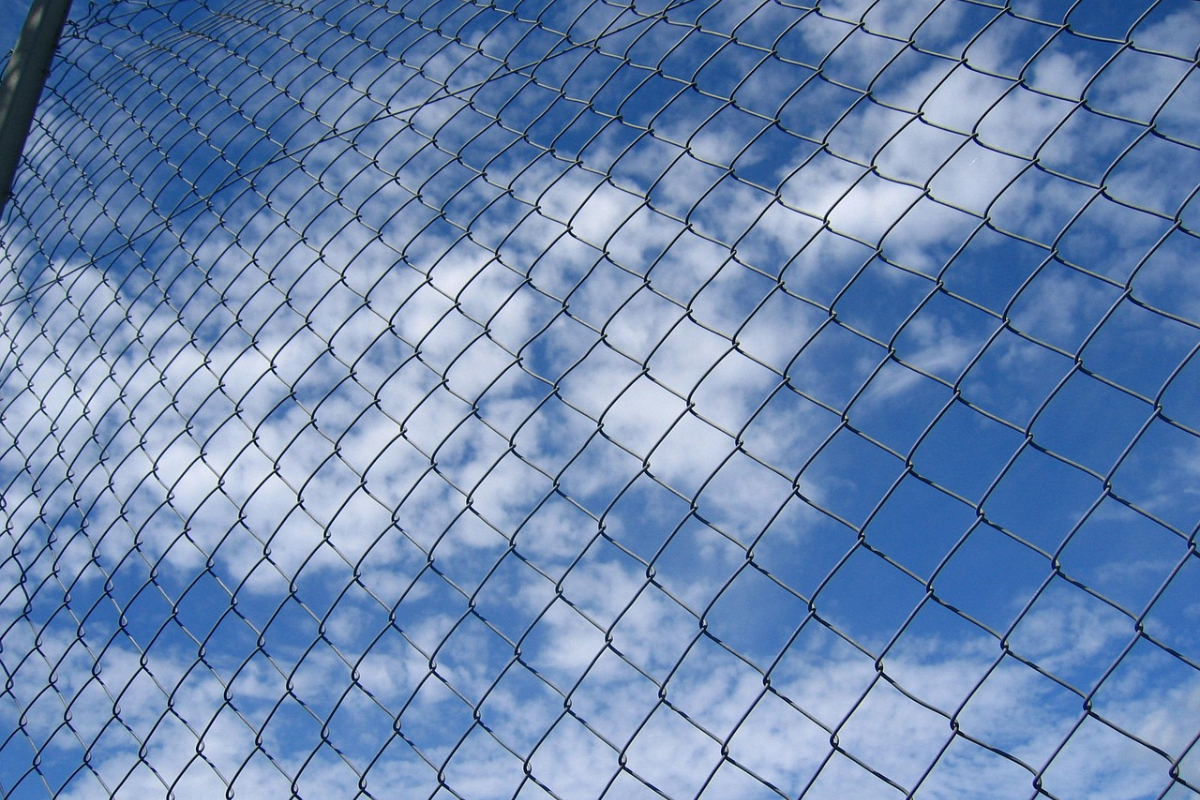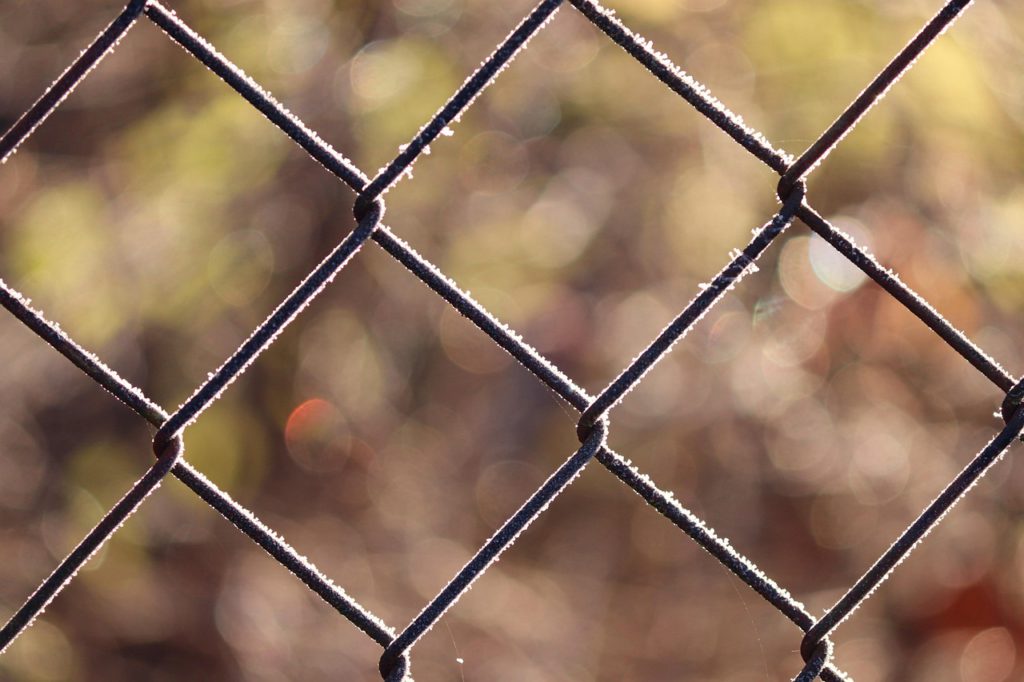
Advancements in protective mesh are transforming how safety and function are addressed in both residential and commercial environments. From urban housing to remote rural properties, the right materials can improve structural longevity, support comfort, and shield against environmental hazards. Many property owners rely on gutter guard installers to prevent costly roof damage caused by blockages. In fire-prone areas, bushfire mesh has become a critical safeguard, providing both physical protection and reassurance. Together, these solutions reflect a broader movement towards integrated building features that merge durability with design.
The development of high-performance barrier systems has been shaped by environmental challenges, architectural needs, and manufacturing innovation. Where earlier designs focused on basic pest prevention, today’s solutions are engineered for structural strength, weather resistance, and visual harmony with surrounding buildings.
Modern fabrication uses precision weaving and high-tensile alloys to combine durability with a light, open appearance. Protective coatings help resist corrosion, discolouration, and surface build-up, extending service life even in coastal or industrial locations where conditions are harsh.
Safety has become a key consideration in the design of these systems. Harsh winds, airborne particles, and ember exposure during wildfire seasons demand materials that hold their form under pressure. Strongly woven panels can shield openings while maintaining airflow, an important feature for keeping interiors ventilated during warmer months. Correct measurement and fitting are vital to ensure the structure functions as intended.
Comfort is another factor driving adoption. Well-placed screening can reduce glare, block excessive heat, and promote consistent indoor temperatures without obstructing outward views. By limiting heat transfer, these protective layers can minimise reliance on cooling systems, supporting energy efficiency goals.

In contemporary construction, these elements are increasingly planned from the outset. Architects integrate them into structural layouts, allowing for optimal ventilation, secure fixing points, and cohesive aesthetics. Incorporating them at the design stage also improves their longevity by aligning them with the building’s overall load distribution.
Advancements in surface treatments have reduced the maintenance burden. Specialised finishes help repel dust, pollen, and organic debris, preserving function and appearance for more extended periods. In properties surrounded by vegetation or operating in high-particle environments, this translates to less cleaning and more consistent performance year-round.
Customisation has expanded significantly. Woven metal screens can be tailored to complex shapes, unusual frame depths, and angled openings. Property owners can choose colours, patterns, and frame styles to complement modern, industrial, or traditional designs, ensuring protective layers blend seamlessly with the surrounding architecture.
Sustainability is now influencing how these systems are made. Many are produced from recycled alloys, with environmentally conscious coatings and low-energy manufacturing processes. This not only reduces environmental impact but also appeals to clients who value sustainable building practices.
Large-scale installations in commercial and industrial settings show how versatile these materials can be. From warehouses to public buildings, they are used to control airflow, deter intrusion, and protect openings from environmental exposure. Modular assembly methods make repairs simpler, allowing individual sections to be replaced without dismantling the entire structure.
Security is another growing application. Reinforced designs can deter unauthorised entry while still allowing visibility and ventilation. This makes them a suitable choice for community facilities, schools, and smaller commercial sites where both safety and openness are priorities.
Looking to the future, emerging prototypes are exploring integrated technology. Panels embedded with micro-sensors could monitor air quality, temperature changes, or approaching weather events, transmitting real-time data to automated building systems. This would allow properties to adapt instantly to environmental shifts, turning a static barrier into an active part of building management.
Protective barriers have evolved from simple functional additions to essential components of modern architecture. Their design, composition, and integration influence not only how a building looks but how it performs under environmental stress. When chosen and installed with care, they provide enduring value across residential, commercial, and industrial projects.
As the demand for resilient, sustainable, and adaptable construction materials grows, these systems are set to play an even greater role. Whether in a small suburban home, a rural property, or a large-scale development, advanced architectural screening will continue to enhance safety, efficiency, and visual cohesion for years to come.





